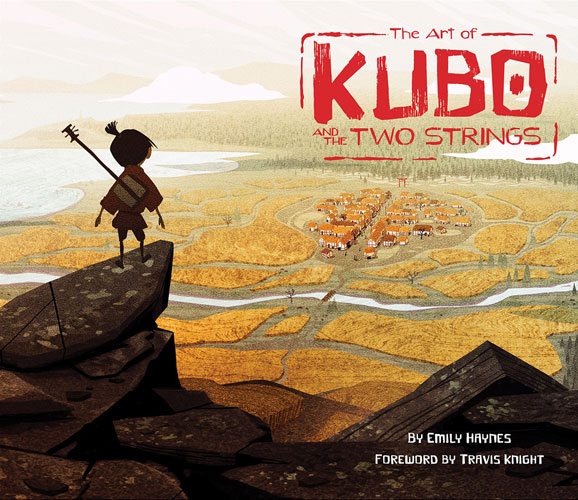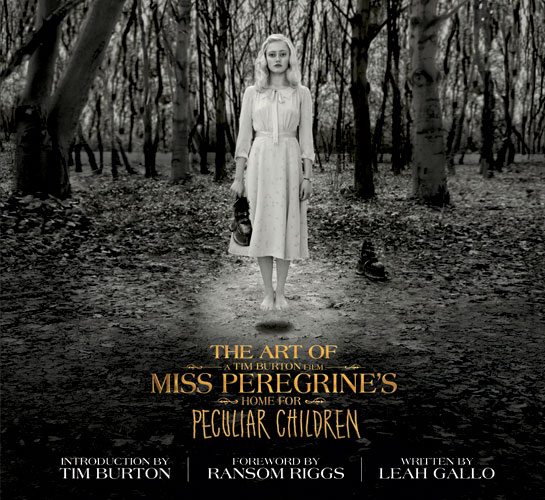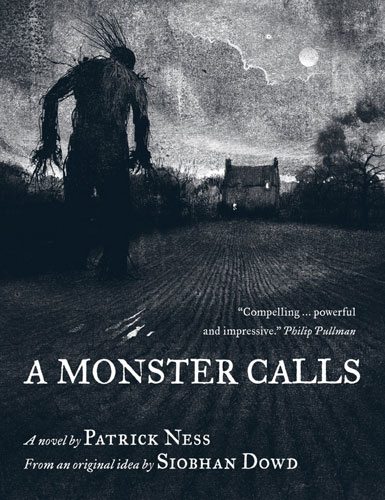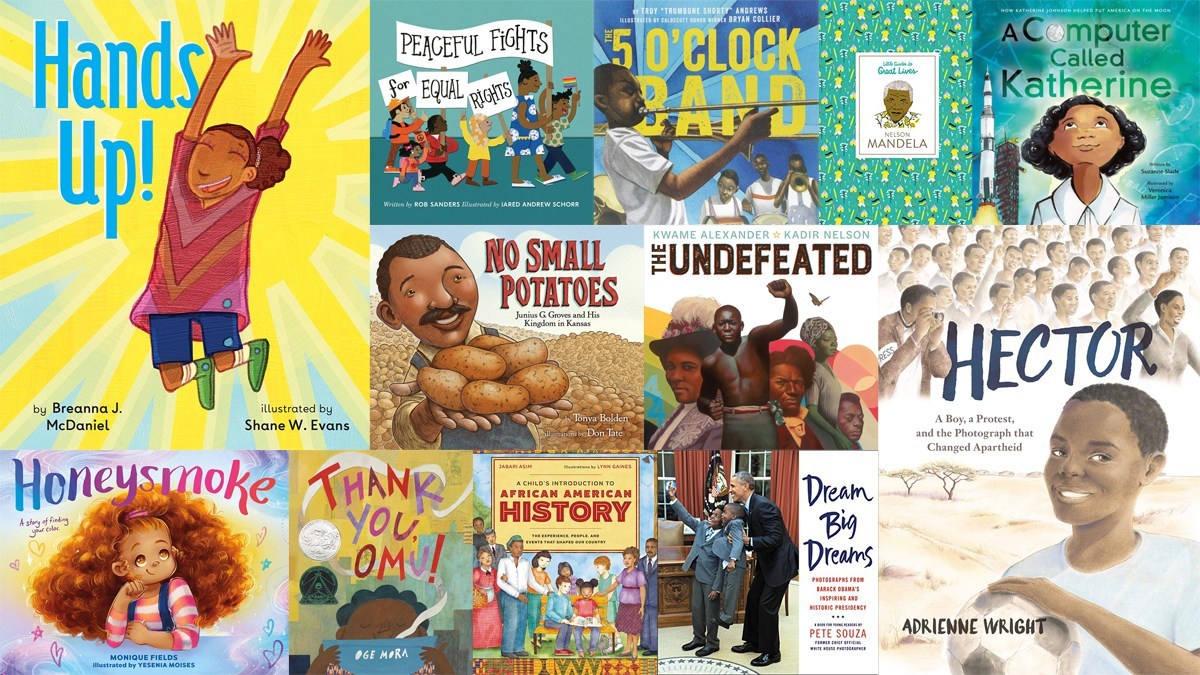I love learning about how movies are made. (See last year’s “Movie Magic” Stack Overflow column.) Here are several books about films and filmmakers.
I got to visit the set of Kubo and the Two Strings and see some of the amazing work that went into creating the film. But well before the construction of sets and puppets and props, there’s the concept art. This book is filled with gorgeous artwork, character designs, and storyboards. There are a few film stills, as well as a few examples of Kiyoshi Saitō’s woodblock prints, which had a huge influence on the look of the film. There are a few minor spoilers, but not much more than you would get from the movie trailers, and I appreciated that the bigger surprises were kept a secret.

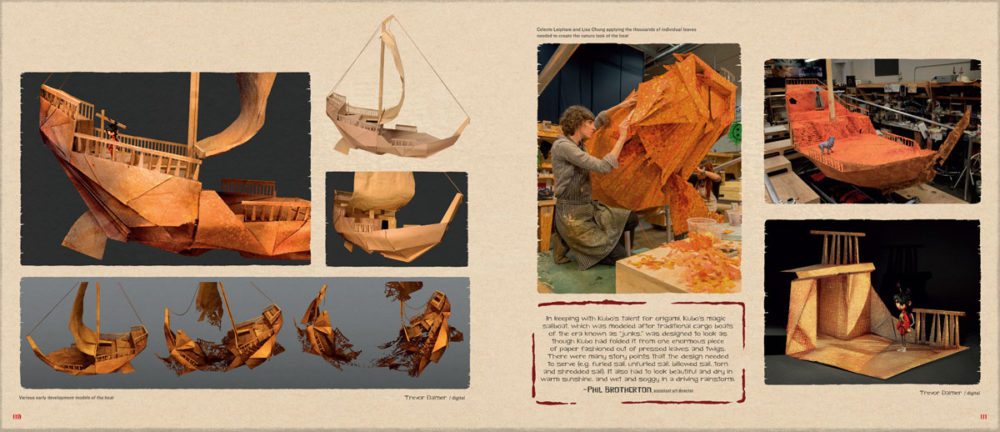
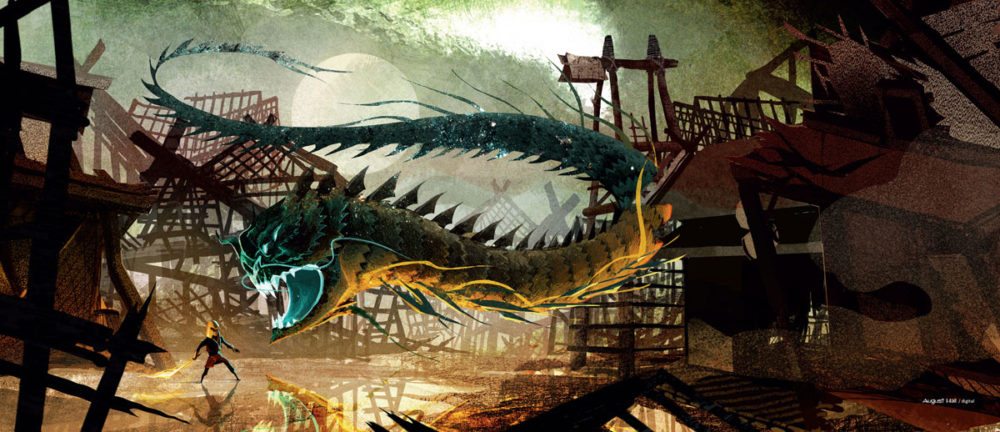
I do wish there was more text in the book—aside from the preface by Travis Knight and a piece about the woodblock prints, mostly all you get is captions and the little block quotes. For a movie that depends so heavily on physical objects—puppets, props, sets, costumes—I was a little surprised that most of what you see in this book is the digital artwork but not the final objects as seen in the film. I would love to see a companion book to this, about the making of Kubo and the Two Strings. Either way, if you’re a fan of the movie, you’ll love perusing this book, too.
This volume, like some of the other Pixar-based art books, dives into more details about the creation of the movie, and not just the concept art. For instance, Steve Pilcher explains how different shapes and forms were used throughout the film: curved shapes to represent comfort in Dory’s home, empty space to evoke loneliness in the wide ocean, and linear shapes in the human-built world that seem totally alien to Dory. There are also notes about color theory and how color and lighting is used to elicit particular emotions.
Throughout the book, you get not only digital paintings but also pencil sketches, storyboards, scribbled notes, clay sculpts, and even a few photographs of the Pixar team at work. There are architectural renderings of the Marine Life Institute and graphic design for the various signs and posters you would see around the human world. There are even storyboards of several deleted scenes. It makes this book more text-heavy than The Art of Kubo, but I liked it because it really gives a behind-the-scenes look at some of the decisions that are made in the film.
The one caveat is that the book pretty much spells out the entire plot of the film, so if you haven’t seen it yet and want to avoid spoilers, you should set this book aside until later.
I have a confession to make: I haven’t yet read any of Ransom Riggs’ Peculiar Children books, though they’re on my list (and in my piles of books). But they look great, and the movie looks intriguing, so I risked some spoilers by reading this book. Without spoiling it for you, here’s what I can tell you: Riggs’ stories were largely inspired by vintage photographs that he started collecting and by Tim Burton (particularly The Melancholy Death of Oyster Boy). So when it turned out that Tim Burton was going to direct the film, it seemed a perfect fit.

This book has the most text yet of the art books in this column: Gallo walks us through everything from casting to sets to filming, seasoning everything with quotes from Burton, the actors, and other people involved in the film. There are plenty of photographs throughout, though (despite the title) not necessarily that much concept art. It’s a very in-depth exploration of the creation of the movie, and of course includes a whole lot of spoilers both for the movie and the book. I did like that they talked about the differences between the book and film, and some of the reasons for changes. Now that I’ve read this, I’m eager to see the film and read the books.
This year, the Los Angeles County Museum of Art (LACMA), Minneapolis Institute of Art (Mia), and Art Gallery of Ontario (AGO) opened an exhibit about Guillermo del Toro (it starts at LACMA and moves to Mia and AGO later). This book is a companion piece to the exhibit, filled with essays about del Toro and his influences, photographs of his home-slash-museum Bleak House, and various images that have inspired del Toro. There’s an interview, and stills from many of his films.
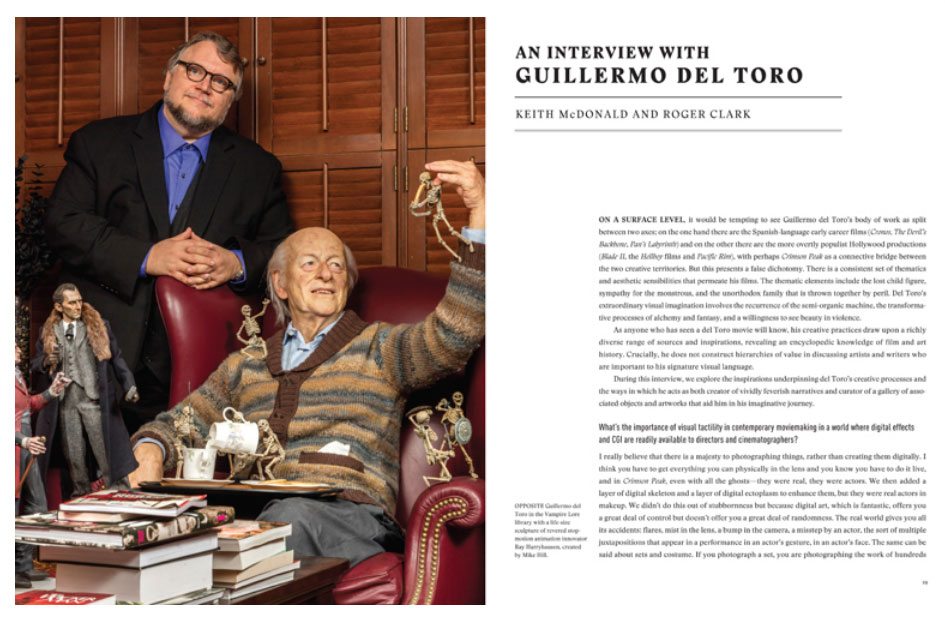
For those who have been captivated by this visionary director’s films, this book is like a peek inside his brain. His crazy, beautiful, monster-filled brain. One fun fact I learned from this book: Del Toro has many life-size, realistic sculptures of his own heroes and influences, like Ray Harryhausen and H. P. Lovecraft and Boris Karloff getting his Frankenstein makeup on—just sitting around his house, keeping watch over his various libraries and collections.
The museum exhibit sounds fascinating, but if you can’t make it there in person, this book is a great way to take a look at what you missed.
Dalí and Disney: Destino by David A. Bossert, published by Disney Editions
In 1946, Salvador Dalí and Walt Disney began collaborating on a short film. It took nearly sixty years for that film to be completed for various reasons, including World War II and the effect it had on Disney’s studio. In this art book, David Bossert (who has worked for the Walt Disney Company for over 30 years) tells the story of how Dalí and Disney became friends first, and then collaborators, as well as the long path Destino took from conception to completion in 2003.
The book is filled with sketches and paintings by Dalí (along with John Hench, the primary Disney artist who worked with Dalí). The story is a fascinating one, though I admit the writing was a bit dry at times. It’s incredible to think that these two visionaries, who seem so different on the surface, would have hit it off and created something together. Destino ended up being a very short film, and it’s a shame we don’t know what the original vision would have looked like, but this book is an inside peek at how it all came to be.
A Monster Calls by Patrick Ness, illustrated by Jim Kay
A Monster Calls isn’t a new book, but I started it (and finished it) this weekend in anticipation of the upcoming movie adaptation. The story focuses on Conor, a teenager who is haunted by a recurring nightmare. His single mom is very sick, he can’t stand his grandmother, and he gets picked on at school—and then one night a monster shows up, but the monster isn’t at all like what he had expected.
The story is very much about Conor coming to terms with his mother’s illness, and it’s told in a way that you’re never quite sure if the monster is a dream or reality. There’s a little bit of a fairy-tale quality in the way the monster speaks, but the stories he tells never end the way Conor expects. They don’t have easy morals at the end, and yet they are important.
The book has illustrations by Jim Kay (who also illustrated the new editions of the Harry Potter series), and they are dark and foreboding, full of splatters and scratchy marks that help pull you into Conor’s world. I don’t want to say more for fear of spoiling the story, but at the same time, this is one of those stories where the journey is worth taking even if you already know the destination.
Having finally read the book, I’m very curious to see the movie, which looks like it sticks pretty closely to the book. Here’s the trailer for the film, in case you hadn’t seen it yet:
Until next time, happy reading (and moviegoing)!

